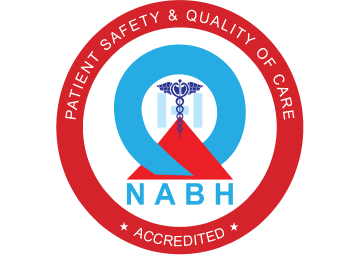Breast Lift (Mastopexy)
For whom is breast lift done?
- Breasts become larger in size after pregnancy and lactation. After lactation is stopped, the breasts become smaller in size. This process continues with multiple pregnancies. With gravity the breasts also continue to sag with age. The result is that the skin over the breasts become lax, stretch marks appear and the breasts droop and sag which many women don’t like and want to get their original shape of the breasts back. In addition the upper part of the breast becomes hollow due to loss of volume and becomes unattractive. Breast lift is done for women to regain the shape of the breasts.
What is breast lift?
- Breast Lift or mastopexy is a surgical procedure which involves removal of excess slack skin and repositioning of the breast tissue and the nipple to give a more youthful appearance to the breast.
What is done when I consult the doctor?
- We would like to meet you before the surgery to talk to you in detail about what exactly you want, how we can fulfil your expectations, what the surgery would entail, the postoperative recovery, the risks and complications associated with this procedure. We would also ask some questions regarding your general health to ascertain that you are fit enough to undergo the procedure. We believe in being very transparent, and we also do not pressurise anyone in going through the procedure as we feel that the decision to undergo the procedure should only be the patient’s decision. We are only there to help you make the decision and help you achieve your expectations. We may take photographs so that we can compare the result before and after surgery. We may take few blood tests and any other test that would be necessary for fitness during surgery.
Where would the incision be made during the operation and will there be a scar after the surgery?
- The final scar will be around the areola of the breast which will not be noticed. It will continue perpendicularly down from the areola of the breast to the inframammary fold where there will be another scar below the breast. This is the best place to have a scar, and we will take all measures to produce a good scar
Facts at a glance about the operation and postoperative instructions : ( May change person to person as each person is different. Please confirm with the doctor)
Type of Anaesthesia General Anaesthesia Surgery Time 2 hours Hospital Stay 1 - 2 days Sleeping position On back for 2 weeks Walking to toilet The next day Mobilising within house From the second day Taking a shower The next day Driving 2 weeks Sports and Exercise including gym 6 weeks Time off work 2 weeks Full recovery 6 - 8 weeks Special Bra 2 weeks
How is the post-operative period managed?
- Patients may feel mild discomfort with the operation which will be adequately controlled by painkillers. The patient will be mobilised the next day. If they feel comfortable, they can walk to the toilet and may take a shower. We may place a drain during the operation if we feel that he patient may have bleeding. The amount of fluid and blood collection in the drain is noted everyday. When the amount of drain output is less, we will then remove the drain which is usually painless. For a few days after the operation, the breasts may look swollen due to oedema which will settle down in a few weeks. After the patient can comfortably walk to the toilet and after the drain is removed the patient is discharged.
Will this surgery interfere with lactation or sensation over the breast?
- The surgery is unlikely to interfere with sensations to the nipple or with lactation.
What are the postoperative complications from this procedure?
Bleeding
- We will take all our efforts to restrict the bleeding during the operation. Rarely the blood vessel which was closed during the operation may open up later. This is one among the reasons for placing a drain after the operation which will help us to know whether there is bleeding. Usually it stops on its own.
Skin necrosis- In large droopy breasts, the blood supply to the tip of the skin flaps may not be enough resulting in blackening of the tip of the skin flaps. This will usually settle on its own, or the patient is taken to theatre to revise this if necessary.
Infection- As in any operation, there is a small chance of infection which we will deal with antibiotics and dressings
Minor Asymmetry of the breasts- There may be minor asymmetry of the breasts as each breast may heal differently. Even before the operation, asymmetry of the breasts is seen in around 85 % of women.
We will go through the risks and complications in detail when we see the patient in the clinic.





